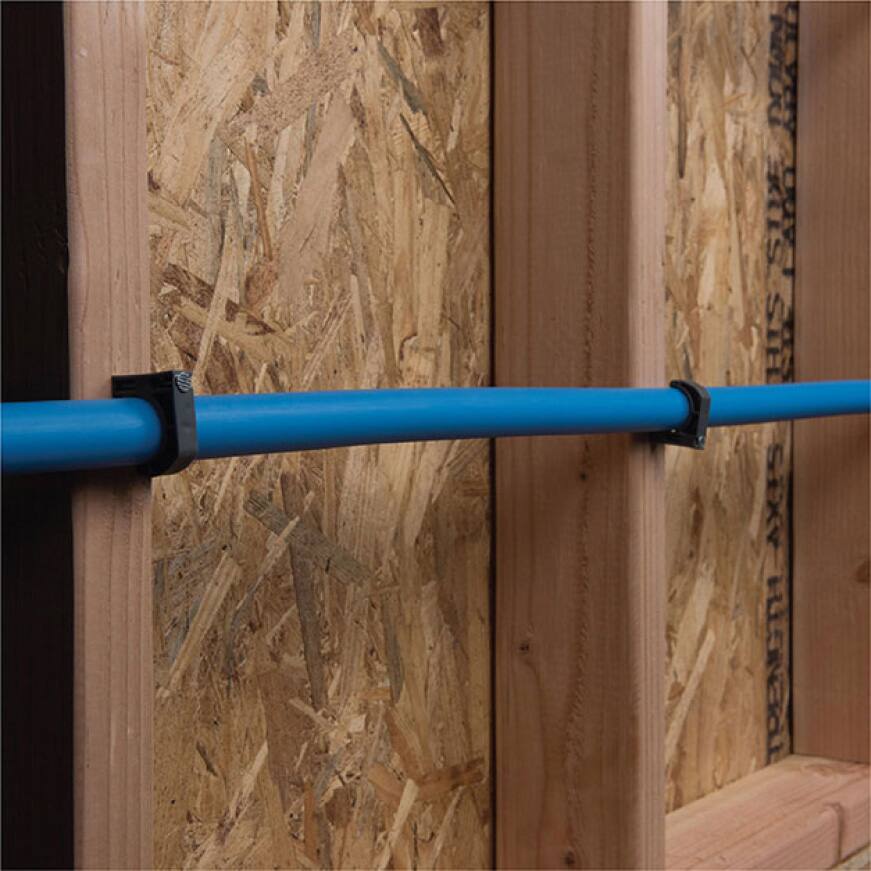

Some (not all) outbound links on this website, such as Amazon links, are affiliate-based where we receive a small commission for orders placed elsewhere. Attaching PVC pipes to the walls of the home is the best way to secure pipes to avoid bumping into them on a daily basis. Secure your 3 inch PVC pipe with our PVC pipe straps. Information presented and opinions expressed should not be relied upon as a replacement for consulting services. Comments which do not contribute, are not relevant, are spam, or are disrespectful in nature may be removed.
#SECURE PIPES TO WALL CODE#
Fire protection and life safety systems constitute a critical component for public health and safety and you should consult with a licensed professional for proper design and code adherence.ĭiscussions are solely for the purpose of peer review and the exchange of ideas. The views, opinions, and information found on this site represent solely the author and do not represent the opinions of any other party, nor does the presented material assume responsibility for its use. See our Privacy Policy and Terms of Service. We respect your privacy and personal data. The clamp is a piece of metal that serves to secure pipes or. MeyerFire, LLC is an International Code Council Preferred Education Provider.Īll text, images, and media Copyright © 2022 MeyerFire, LLC Pex plastic water supply plumbing pipe in wall of house. We promote the industry by creating helpful tools and resources, and by bringing together industry professionals to share their expertise. Our goal is to improve fire protection practices worldwide. Before winter hits, disconnect garden hoses and, if possible, use an indoor valve to shut off and drain water from. is a startup community built to help fire protection professionals shine. Secure outdoor hoses, valves and faucets.

These WILL NOT pass the test for a SCIF penetration.Ī flange isolation kit for pipe 4" and larger, or a CPVC transition for pipe 3" and smaller are the best acceptable solutions that meet SCIF requirements. The grooved dielectric fittings made by Victaulic mentioned above do not meet the SCIF requirements, as these fittings actually allow a small current to pass across the fitting while still preventing corrosion between dissimilar metals (read the product data sheet.is says a small current is allowed to pass across the fitting). One specific product we've used successfully many times is by Drake Specialties at the link below: If you need to go bigger than that, you'll need to utilize a "flange isolation kit", which provides separating/insulating plastic/rubber gaskets and bolt shields that prevent metal to metal contact at the flange. The CPVC to steel transition mentioned above is an acceptable SCIF penetration method, but is only available up to 3" in size as that is the largest size CPVC components made in. Securely clamps pipes with no rubbing or damage to pipe Helps deaden water and pipe sound travel that can transfer to the stud walls Designed for copper but. I've dealt with SCIF penetrations at a number a gov't facilities in Hawaii.


 0 kommentar(er)
0 kommentar(er)
